Global Foamed Concrete Market - Comprehensive Data-Driven Market Analysis & Strategic Outlook
The global foamed concrete market has developed from being a niche construction solution to an industry that is likely to revolutionize the use of lightweight and sustainable building materials all over the world soon. Foamed concrete was initially developed in the mid-20th century as an experimental mix that reduced the structural load and its radiance was soon extinguished due to the inconsistency of the quality and low awareness. The journey to becoming a recognized building material started when engineers found out that air bubbles could be evenly distributed through the controlled addition of foaming agents, thus producing a product that was light yet strong. Initial experiments in Europe during the post-war reconstruction period were the starting point of what later became a worldwide practice.
- Global foamed concrete market valued at approximately USD 685.5 million in 2025, growing at a CAGR of around 6.2% through 2032, with potential to exceed USD 1044.9 million.
- Synthetic Foaming Agent account for nearly 57.6% market share, driving innovation and expanding applications through intense research.
- Key trends driving growth: Increasing demand for lightweight and energy-efficient construction materials, Growing construction activities in residential and commercial sectors
- Opportunities include: Development of high-strength foamed concrete for broader structural applications
- Key insight: The market is set to grow exponentially in value over the next decade, highlighting significant growth opportunities.
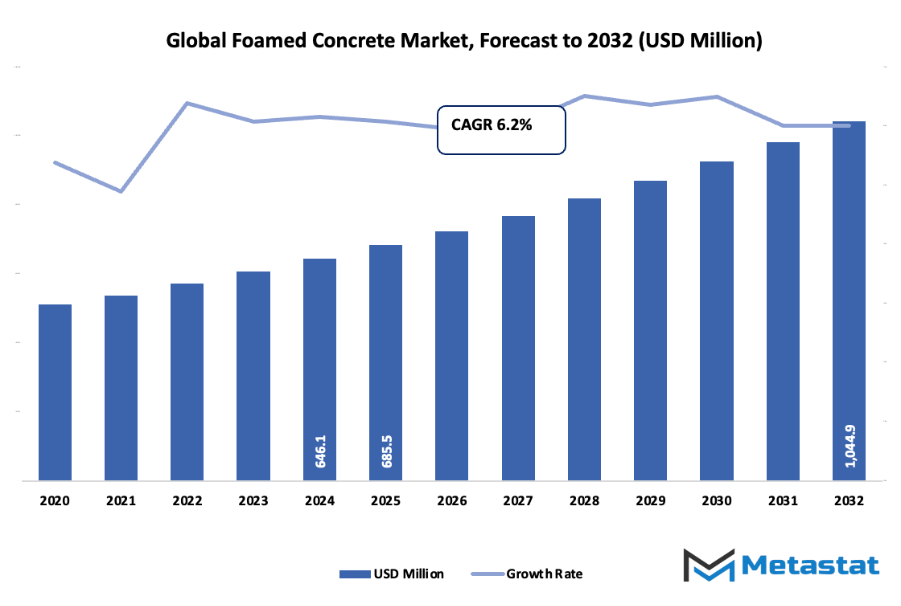
For quite some time, the market direction was primarily determined by ever-increasing infrastructure demands and the need for cheaper construction materials. Urbanization was speeding up so the builders were searching faster for the materials which could reduce the weight of the project, at the same time, retaining the strength. The laboratories and manufacturers had no option but to further improve the production process; precision in controlling the density and stability of the mix was achieved. The late '90s marked the beginning of the automated batching and digital mixing technologies, which would ensure that the quality was invariant throughout and the performance would be highly predictable. These advancements were one of the first significant landmarks for the global foamed concrete market, as the developers began to realize its usability not just in small-scale applications but also in a larger context.
The industry was getting more and more impacted by environmental factors as well. As the construction industry was becoming more and more criticized for waste and carbon footprints, foamed concrete was, on the other hand, slowly getting recognition for its energy efficiency and recyclability. Certain regional regulatory frameworks advocated the use of green materials while on the other hand researchers conducted studies on thermal and acoustic benefits, which were supported by research institutions. In the last ten years, the collaborations between material scientists and construction companies have boosted the adaptability of foamed concrete which can now be used for road sub-bases, high-rise building insulation layers, and even 3D-printed structures.
Looking to the future, the global foamed concrete market will not cease to grow as manufacturing processes become increasingly eco-friendly and automated. This sector will probably be even more standard in the near future with all the continuous innovations in formulation and performance monitoring.
Market Segments
The global foamed concrete market is mainly classified based on Type, Application.
By Type is further segmented into:
- Synthetic Foaming Agent: Synthetic Foaming Agent is a chemical-based substance that helps create stable foam for producing lightweight concrete. It is preferred for its consistent performance, long shelf life, and ability to generate uniform air bubbles. The use of this agent ensures better control over density and strength, making it ideal for large construction applications. The synthetic option also offers advantages in terms of availability and lower cost, supporting its growing demand in the market.
- Protein Foaming Agent: Protein Foaming Agent is derived from organic materials, usually animal or vegetable proteins, and is known for creating strong and stable foam. It enhances the durability and compressive strength of the concrete mix. This type of foaming agent is often chosen for environmentally friendly projects due to its biodegradable nature. Although it can be more expensive than synthetic types, it provides excellent performance in high-quality construction work, making it a preferred choice in the global foamed concrete market.
By Application the market is divided into:
- Infrastructure: The use of foamed concrete in Infrastructure projects has increased because of its lightweight property and ability to reduce overall structural load. It is suitable for road sub-bases, bridges, tunnels, and utility trenches. The material also improves drainage and minimizes settlement issues. As governments focus on sustainable infrastructure development, the demand for foamed concrete continues to rise in major urban areas within the global foamed concrete market.
- Residential: In the Residential sector, foamed concrete is used for wall panels, floors, and roof insulation. It provides effective thermal and sound insulation, making living spaces more energy-efficient and comfortable. Builders prefer it for its easy handling and reduced material costs. The rising trend of eco-friendly housing and affordable construction options supports the growth of this segment in the global foamed concrete market.
- Industrial: The Industrial segment utilizes foamed concrete for factory floors, foundations, and partition walls. Its lightweight yet strong composition helps in faster construction and easier modification of structures. The material also offers resistance to fire and moisture, which makes it ideal for heavy-duty environments. Industrial expansion across different regions continues to boost the use of this product in the market.
- Garden: Foamed concrete is also used in Garden applications such as planters, decorative features, and landscaping structures. Its low density allows easy shaping and movement while maintaining durability. The material helps in water drainage and supports plant health in landscaped areas. The increasing preference for sustainable outdoor materials contributes to the steady demand in the market.
- Pavements: In Pavement construction, foamed concrete serves as a sub-base material due to its ability to bear light to moderate loads and provide good insulation. It reduces settlement and enhances long-term pavement stability. The cost-effectiveness and speed of installation make it a practical choice for roads, walkways, and parking areas, strengthening its role in the market.
- Others: Other applications include marine structures, retaining walls, and sound barriers. Foamed concrete is valued for its versatility and resistance to harsh conditions. It can be easily adjusted in density and strength according to specific project requirements. These flexible uses highlight its importance and contribute to the growing scope of the global foamed concrete market.
|
Forecast Period |
2025-2032 |
|
Market Size in 2025 |
$685.5 Million |
|
Market Size by 2032 |
$1044.9 Million |
|
Growth Rate from 2025 to 2032 |
6.2% |
|
Base Year |
2024 |
|
Regions Covered |
North America, Europe, Asia-Pacific, South America, Middle East & Africa |
By Region:
- Based on geography, the global foamed concrete market is divided into North America, Europe, Asia-Pacific, South America, and the Middle East & Africa.
- North America is further divided into the U.S., Canada, and Mexico, whereas Europe consists of the UK, Germany, France, Italy, and the Rest of Europe.
- Asia-Pacific is segmented into India, China, Japan, South Korea, and the Rest of Asia-Pacific.
- The South America region includes Brazil, Argentina, and the Rest of South America, while the Middle East & Africa is categorized into GCC Countries, Egypt, South Africa, and the Rest of the Middle East & Africa.
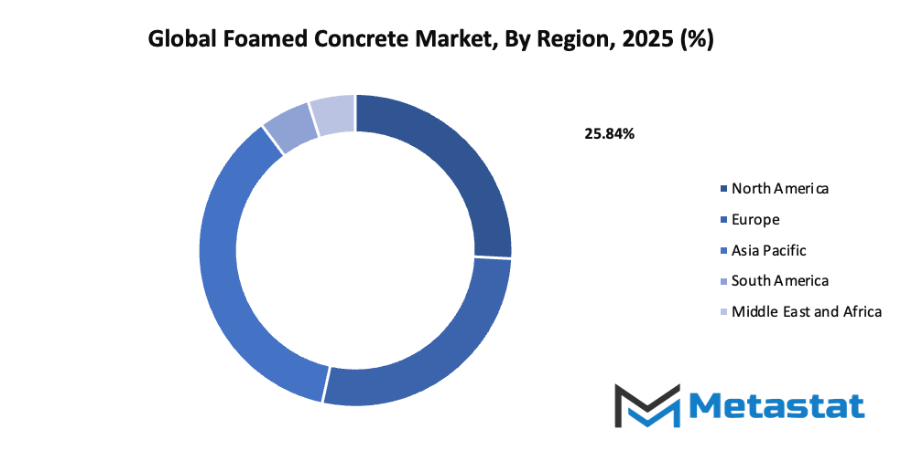
Growth Drivers
- Increasing demand for lightweight and energy-efficient construction materials: The global foamed concrete market will experience steady growth due to rising demand for lightweight and energy-efficient construction materials. The need for cost-effective and sustainable building options has encouraged the use of foamed concrete in various projects. Its insulation properties, low density, and easy handling make it suitable for modern construction requirements.
- Growing construction activities in residential and commercial sectors: The market will expand as construction activities in residential and commercial sectors continue to grow. Urbanization and infrastructure development have led to increased use of affordable and durable materials. Foamed concrete offers easy installation, reduced construction time, and enhanced thermal performance, supporting its wider adoption in new projects.
Challenges and Opportunities
- Limited awareness and technical expertise in handling foamed concrete: The market faces challenges due to limited awareness and lack of technical expertise in its application. Many professionals are still unfamiliar with proper mixing and curing techniques, leading to inconsistent results. This gap in knowledge slows down market adoption despite its potential advantages in cost and energy efficiency.
- Lower structural strength compared to conventional concrete: The global foamed concrete market encounters limitations because of lower structural strength when compared to traditional concrete. This restricts its use in load-bearing structures and large-scale infrastructure projects. Ongoing research aims to improve compressive strength and durability, but current applications are mostly focused on non-structural or semi-structural areas.
Opportunities
- Development of high-strength foamed concrete for broader structural applications: The global foamed concrete market holds potential through the development of high-strength variants suitable for broader structural applications. Advancements in formulation and reinforcement techniques will improve mechanical performance and expand usage across different construction segments. Such innovations will help position foamed concrete as a reliable alternative to conventional materials in diverse building projects.
Competitive Landscape & Strategic Insights
The global foamed concrete market is gradually transforming into a dynamic and competitive space, shaped by a combination of innovation, sustainability goals, and infrastructure expansion across various regions. The industry is a mix of both international industry leaders and emerging regional competitors, each striving to enhance their product offerings and strengthen their global presence. Companies such as LafargeHolcim, CEMEX S.A.B. de C.V., HeidelbergCement AG, Aerix Industries, Bouygues, Bechtel Corporation, Propump Engineering Ltd, Saint-Gobain Weber, H+H International A/S, Cellucrete Corp., Elite Precast Concrete Limited, Conco Co., Litebuilt, EUROCEMENT, Shanghai Construction Group, VOTORANTIM Group, Hochtief, STRABAG, and Leighton Holdings are among the important competitors driving this change. Their activities influence how construction materials are designed, produced, and applied in both large-scale and local projects.
In a futuristic sense, the global foamed concrete market will continue to benefit from ongoing urbanization and the global shift toward energy-efficient construction solutions. Growing concerns about reducing carbon emissions and improving material sustainability will push producers to develop lightweight and eco-friendly options. Technological advancements, including automated mixing systems and digital monitoring during production, will also make manufacturing more consistent and cost-effective. This shift toward smarter construction materials will allow faster project completion while reducing environmental impact.
The industry will likely see stronger partnerships between global leaders and smaller regional companies, allowing knowledge transfer and better adaptation to local market needs. Developing nations with expanding infrastructure plans will become significant growth zones, supported by improved production technologies and accessible raw materials. Companies that focus on innovation, product quality, and green construction will find themselves leading the market.
In addition, digitalization and the use of artificial intelligence in construction planning and design will enhance the performance of foamed concrete. With data-driven insights, producers will be able to fine-tune product properties for different applications, from residential housing to complex infrastructure projects. As construction standards evolve worldwide, the demand for lightweight, durable, and thermally efficient materials will rise, offering continuous growth opportunities for both established and emerging participants.
Market size is forecast to rise from USD 685.5 million in 2025 to over USD 1044.9 million by 2032. Foamed Concrete will maintain dominance but face growing competition from emerging formats.
Overall, the global foamed concrete market will continue to advance as construction industries worldwide seek solutions that combine strength, sustainability, and cost efficiency. The collective efforts of leading companies and innovative newcomers will shape a future where construction materials support smarter, greener, and more resilient structures.
Report Coverage
This research report categorizes the global foamed concrete market based on various segments and regions, forecasts revenue growth, and analyzes trends in each submarket. The report analyses the key growth drivers, opportunities, and challenges influencing the global foamed concrete market. Recent market developments and competitive strategies such as expansion, type launch, development, partnership, merger, and acquisition have been included to draw the competitive landscape in the market. The report strategically identifies and profiles the key market players and analyses their core competencies in each sub-segment of the global foamed concrete market.
Foamed Concrete Market Key Segments:
By Type
- Synthetic Foaming Agent
- Protein Foaming Agent
By Application
- Infrastructure
- Residential
- Industrial
- Garden
- Pavements
- Others
Key Global Foamed Concrete Industry Players
- LafargeHolcim
- CEMEX S.A.B. de C.V.
- HeidelbergCement AG
- Aerix Industries
- Bouygues
- Bechtel Corporation
- Propump Engineering Ltd
- Saint-Gobain Weber
- H+H International A/S
- Cellucrete Corp.
- Elite Precast Concrete Limited
- Conco Co.
- Litebuilt
- EUROCEMENT
- Shanghai Construction Group
- VOTORANTIM Group
- Hochtief
- STRABAG
- Leighton Holdings
WHAT REPORT PROVIDES
- Full in-depth analysis of the parent Industry
- Important changes in market and its dynamics
- Segmentation details of the market
- Former, on-going, and projected market analysis in terms of volume and value
- Assessment of niche industry developments
- Market share analysis
- Key strategies of major players
- Emerging segments and regional growth potential




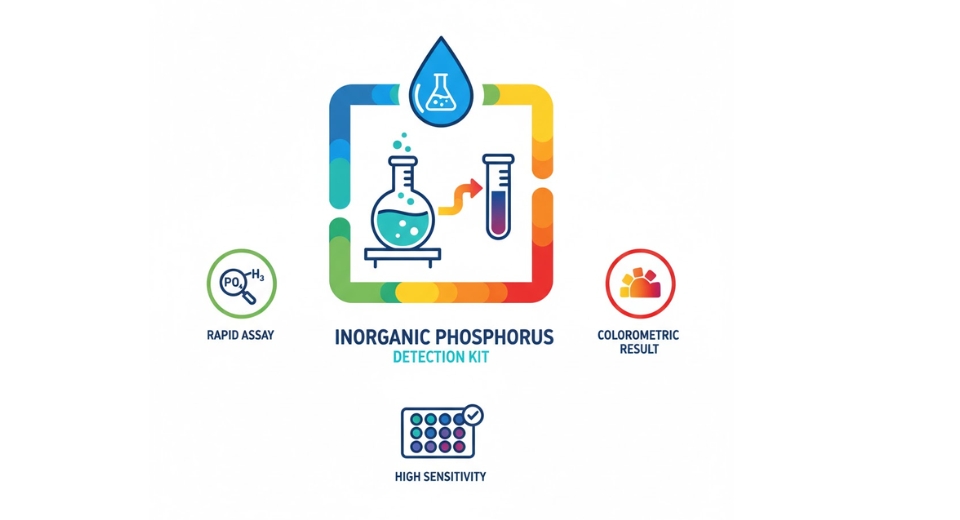
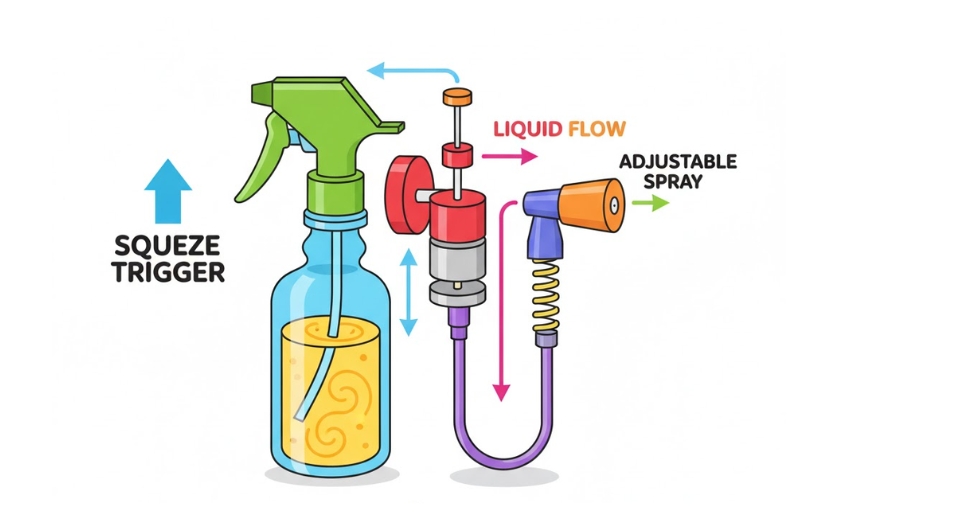
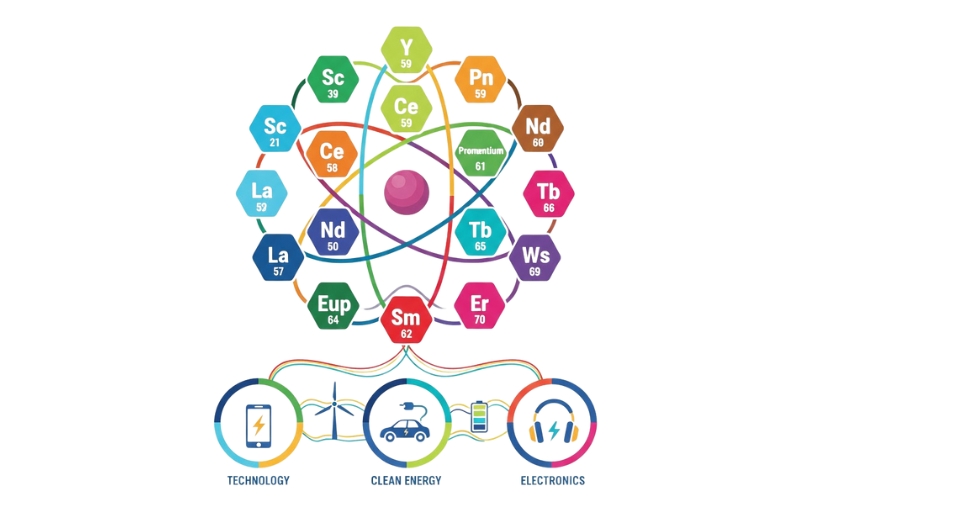

 US: +1 3023308252
US: +1 3023308252






